The goal of the protection is minimizing the down time. To do this, protection must be done near to the failure. Local protection does this. By doing this types of protection, it avoids using entire path protection. Local protection reroutes the traffic rapidly around the failure, so this mechanism is called “Fast Reroute (FRR)”.
In local protection the aim is not using another path after one path fails. Here, the aim is guiding the traffic to a different way excluding the failure point only. In other words, this is a temporary solution before the exact traffic route. Fast Reroute (FRR) keeps the traffic until a new LSP is given to that traffic by Head-End. It is not aim to keep traffic until the primary comes back.
As we say above, the protection is as close to the point of failure as possible for Fast Reroute (FRR). And the failover time is less than 50ms.
Fast Reroute (FRR) is applicable for LSPs established using RSVP-TE. And Fast Reroute (FRR) can only protect the Primary LSP-Path, Secondary Paths can not be protected.
In Secondary Paths (End-to-End Protection), the configuration overhead was too much. Fast Reroute (FRR) reduce this configuration overhead with automatic path calculation.
Fast Reroute (FRR) can not be used in IP networks. Why? Because in IP networks, the forwarding decisicon is done on every node. But in MPLS, source routing is using. Source routing, is the routing which the decision is done by Head-End and never change again till end of the link. So, Fast Reroute (FRR) is used in MPLS networks.
We can clasify the local protection mechanisms. If we clasify it by resurce that is protected, there are two types:
– Link Protection
– Node Protection
We will talk about this protection types in the following article.
With Fast Reroute (FRR), multiple Primary LSP-paths can be protected as long as they have shared paths. This methods clasified according to the number of LSPs protected. Local Protection (Fast Reroute) includes two methods. These methods are:
– One-to-One Backup (1:1)
– Many-to-One (Facility) Backup (1:N)
Implementations has their own advantages, so both One-to-One Backup and Facility Backup is used with these names usually.
The possible configuration options are:
– One-to-One Node Protection
– One-to-One Link Protection
– Facility Node Protection
– Facility Link Protection
Table of Contents
Fast Reroute (FRR) Router Roles
Some of the routers has a special name according to the point they are located for MPLS Fast Reroute. These special routers are:
Head-End : The point that primary LSP-Path(protected) is configured and originates.
Tail-End : The point that primary LSP-Path(protected) is terminated.
PLR(Point of Local Repair) : Where the protection tunnel originates.
MP (Merge Point) : Where the protection tunnel terminates and merges into the original protected LSP-Path.
You can check the other parts of these MPLS Protection and Restoration Article series below.
MPLS Protection and Restoration – Part 1
MPLS Protection and Restoration – Part 2 (End-to-End Protection, Secondary Paths)
MPLS Protection and Restoration – Part 3 (Path Diversity in Secondary Paths)
MPLS Protection and Restoration – Part 4 (Local Protection, Fast Reroute)
MPLS Protection and Restoration – Part 5 (Fast Reroute Protection Types)
MPLS Protection and Restoration – Part 6 (RSVP Objects Used for MPLS Fast Reroute)
MPLS Protection and Restoration – Part 7 (Verification Commands on Alcatel-Lucent Routers)
MPLS Protection and Restoration – Part 8 (Actions After the Failure)
MPLS Protection and Restoration – Part 9 (Convergence Factors)
MPLS Protection and Restoration – Part 10 (Juniper Configuration Samples)
MPLS Protection and Restoration – Part 11 (Juniper Configuration Samples)
MPLS Protection and Restoration – Part 12 (Juniper Configuration Samples)
MPLS Protection and Restoration – Part 13 (Juniper Configuration Samples)
…YOU CAN REACH ALL THE “MPLS” ARTICLES AND CONFIGURATIONS BELOW…
MPLS Basics
What is MPLS?
Enabling MPLS on Cisco Router
MPLS Label Distribution Protocol, LDP
MPLS Label Distribution Protocol, LDP – Part 1
MPLS Label Distribution Protocol, LDP – Part 2
MPLS Label Distribution Protocol, LDP – Part 3 (Configuration on ALU)
MPLS Label Distribution Protocol, LDP – Part 4 (ECMP)
MPLS Label Distribution Protocol, LDP – Part 5 (Export and Import Policy, Prefix Aggregation)
MPLS Label Distribution Protocol, LDP – Part 6 (T-LDP)
MPLS Label Distribution Protocol, LDP – Part 7 (CR-LDP)
MPLS, RSVP-TE
MPLS, RSVP-TE – Part 1
MPLS, RSVP-TE – Part 2(Alcatel-Lucent Configuration)
MPLS Protection And Restoration
MPLS Protection and Restoration – Part 1
MPLS Protection and Restoration – Part 2 (End-to-End Protection, Secondary Paths)
MPLS Protection and Restoration – Part 3 (Path Diversity in Secondary Paths)
MPLS Protection and Restoration – Part 4 (Local Protection, Fast Reroute)
MPLS Protection and Restoration – Part 5 (Fast Reroute Protection Types)
MPLS Protection and Restoration – Part 6 (RSVP Objects Used for MPLS Fast Reroute)
MPLS Protection and Restoration – Part 7 (Verification Commands on Alcatel-Lucent Routers)
MPLS Protection and Restoration – Part 8 (Actions After the Failure)
MPLS Protection and Restoration – Part 9 (Convergence Factors)
MPLS Protection and Restoration – Part 10 (Juniper Configuration Samples)
MPLS Protection and Restoration – Part 11 (Juniper Configuration Samples)
MPLS Protection and Restoration – Part 12 (Juniper Configuration Samples)
MPLS Protection and Restoration – Part 13 (Juniper Configuration Samples)




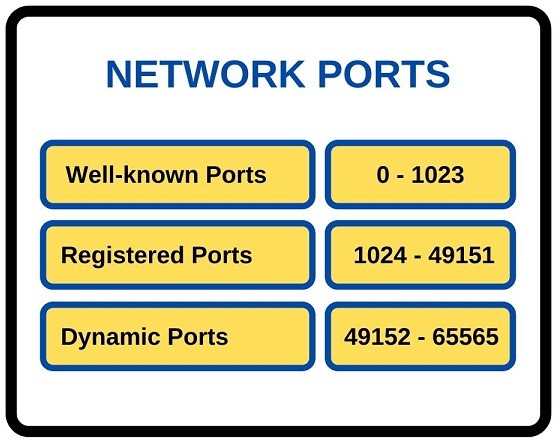
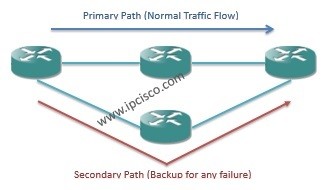
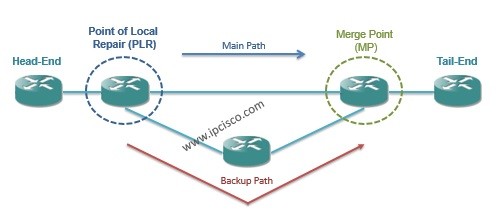

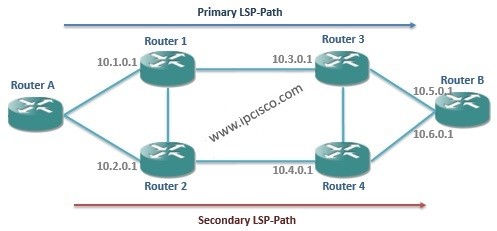
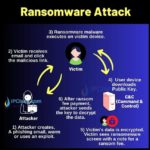




Many thanks for FRR article, it was helpful for me to understand the concept.
Always welcome Hemanchandra:)